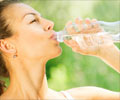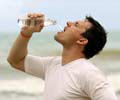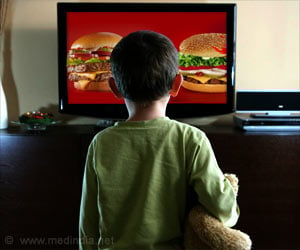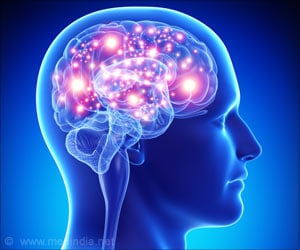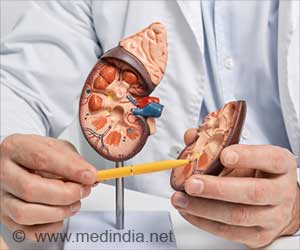World has won hands down by beating the 2015 deadline to halve the ratio of people drinking unsafe water, the United Nations Children's Fund and the World Health Organisation said on Tuesday.

The report, however, found that governments, communities and other entities will likely fall short of a target for three-quarters of the planet to have access to improved sanitation access.
The water milestone is one of the first Millennium Development Goals to be met. The goals, outlined by the UN, comprise eight targets to help the world's poor, including by improving living conditions and stopping the spread of HIV and AIDS.
"For children, this is especially good news," UNICEF Executive Director Anthony Lake said in a statement. "Every day more than 3,000 children die from diarrhoeal diseases. Achieving this goal will go a long way to saving children's lives."
According to the report, 89 percent of the world population had access to improved drinking water at the end of 2010, about 6.1 billion people. The report estimates the proportion will improve further, to 92 percent in 2015.
In Malawi, for instance, 7.2 million people gained access to clean water between 1995 and 2010, almost half the population.
Advertisement
The Millennium Development Goal is for 75 percent of the world's population to have access to improved sanitation by 2015. But that figure is likely to fall well short, at just 67 percent, the report said.
Advertisement
A lack of access to clean water disproportionately affects some parts of the world. Only 61 percent of sub-Saharan Africans have access to clean water, compared to 90 percent in Latin America, the Caribbean, north Africa and much of Asia.
In the world's poorest countries, 14 percent of the population still drinks water from rivers, ponds and lakes.
Source-AFP





